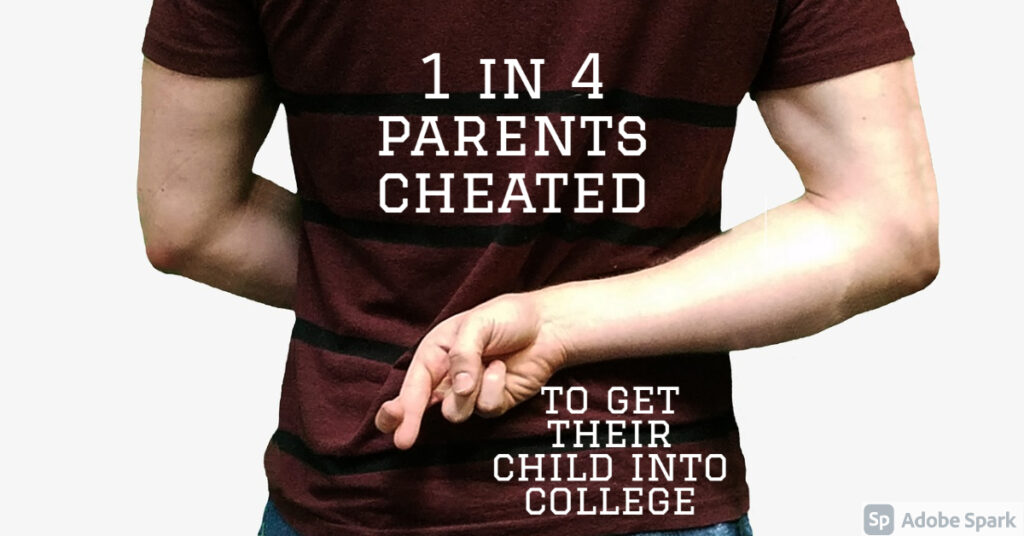
Moving into the digital age, the College Board has made the move to provide students with a new digital SAT and PSAT.
The College Board is trying to retool the exam that has stressed out millions of students in the face of questions about whether college admissions tests are fair, or even necessary.
A growing number of colleges have eliminated the requirement that applicants submit scores from the SAT or the competing ACT, and the trend of “test-optional” admissions accelerated greatly during the coronavirus pandemic. More than 1,800 schools did not require standardized test scores for 2022 admissions, according to the nonprofit organization FairTest.The number of SAT test takers declined from 2.2 million high schoolers who graduated in 2020 to 1.5 million in the class of 2021, according to the College Board. About 1.7 million students in the class of 2022 have taken the test to date.
Priscilla Rodriguez, vice president of college readiness assessments for the College Board, said the changes would make the test more relevant.
“In a largely test-optional world, the SAT is a lower-stakes test in college admissions,” Ms. Rodriguez said in a statement. “Submitting a score is optional for every type of college, and we want the SAT to be the best possible option for students.”
Continue reading The New Digital SAT








